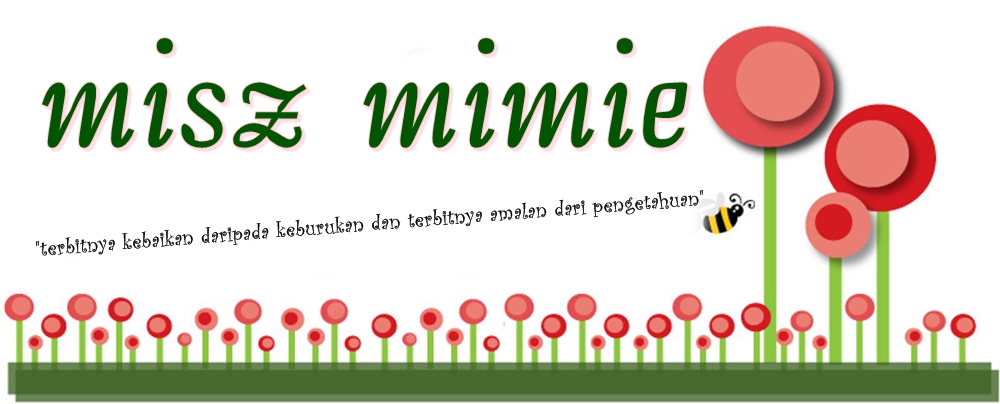Prepared by:
Mimi Norsabariah Bt Suid
Nur Shahira Bt Esa
Nur Fatin Atikah Bt Mistam
Azreen Aswani Bt Anuar
Nurul Shakinah Bt Sahrudin
Mimi Norsabariah Bt Suid
Nur Shahira Bt Esa
Nur Fatin Atikah Bt Mistam
Azreen Aswani Bt Anuar
Nurul Shakinah Bt Sahrudin
Hurricane Katrina
was one of the most destructive hurricanes in the history of the United States.
In addition, to the tragic loss of lives, hurricane katrina caused more
economic damage than any reason catastrophe in the United States. Based on
Crawford investigation and claim on cases hurricane katrina in Gulf Coast, New
Orleans in 2005, accounted for an estimated $50 to $79 billion in insured
losses, not counting federal flood coverage. After hurricane katrina cases,
another consequential loss might happen is flood, fire, theft and etc. So, the
loss incurred will be increase, and it
will incurred are maximum interruption period to business back to normal.
When a big storm is on
the way, most people will do what they can to protect their property. The owner
can practice sue and labor charge to minimum the interruption period but will
increase cost of working (ICW) for example overtime for workers to a removal
debris in premises, additional rent for alternative premise and expenses for
hire production equipment. Besides that,
the owner will incurred extra expenses to moving operations to another location
in order resume business more quickly.
In addition, offsetting
the total lost revenue in some cases might be non-continuing expenses such as employee wages which are temporarily
not being incurred or lower utility usage or makeup sales being experienced. After the business has been repaired and fully reopened,
it is often not expected to immediately resume business as if no loss had
occurred. In many cases, business builds slowly after a hurricane, as the
region returns to its normal activity level. Extended period of indemnity
coverage is designed to pay the difference between a business’ actual sales
after reopening and sales it would have expected to receive had no loss
occurred. Calculations for the period typically begin at the close of the
period of restoration. In the case of Katrina, the build-up period for many businesses
will truly be extended, it is because of the nature of business where the level
of infrastructure destruction is huge.
Hurricane Katrina also
can effect to the utility services such as water, gas, electricity or telecommunications that
prevents the insured’s business from operating. In some cases, a reduction in utility
supply could trigger such a claim. So, this factor will be effect the recovery
process and will increase the interruption period.
In conclusion, there is several ways to minimize the
interruption period of the business in
order to go back to normal operation. Length of indemnity period depends on
effectiveness of actions taken during business recovery process.






.jpg)
.jpg)
.jpg)
.jpg)
.jpg)
.jpg)
.jpg)


.jpg)
.jpg)